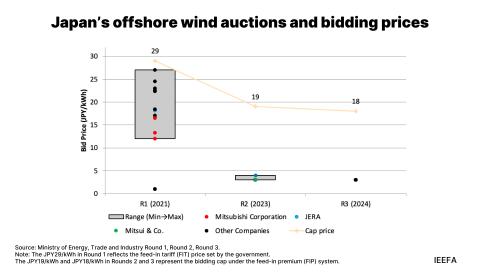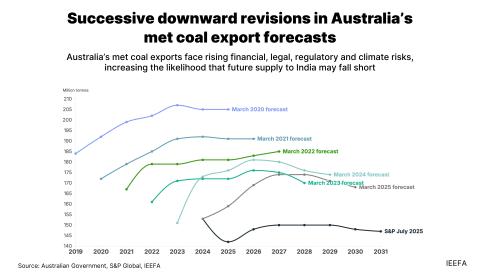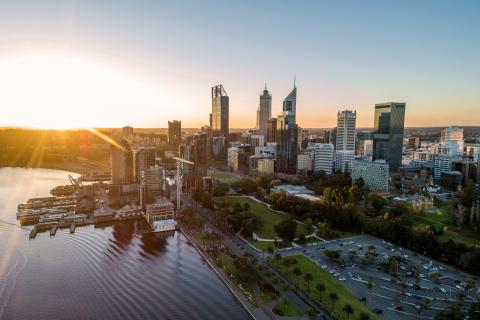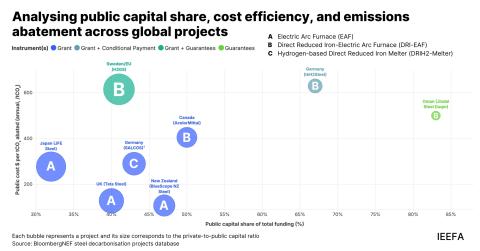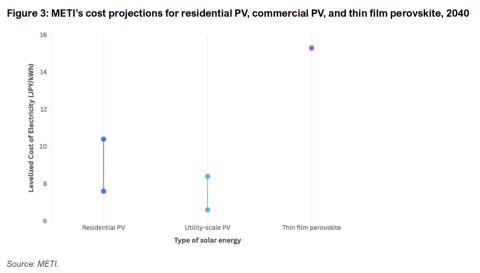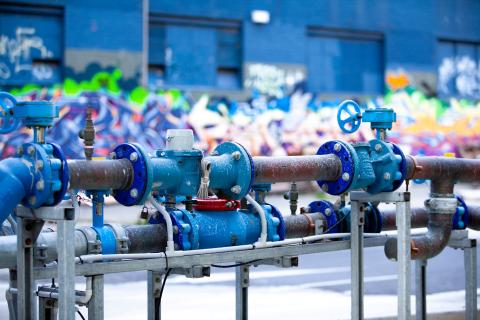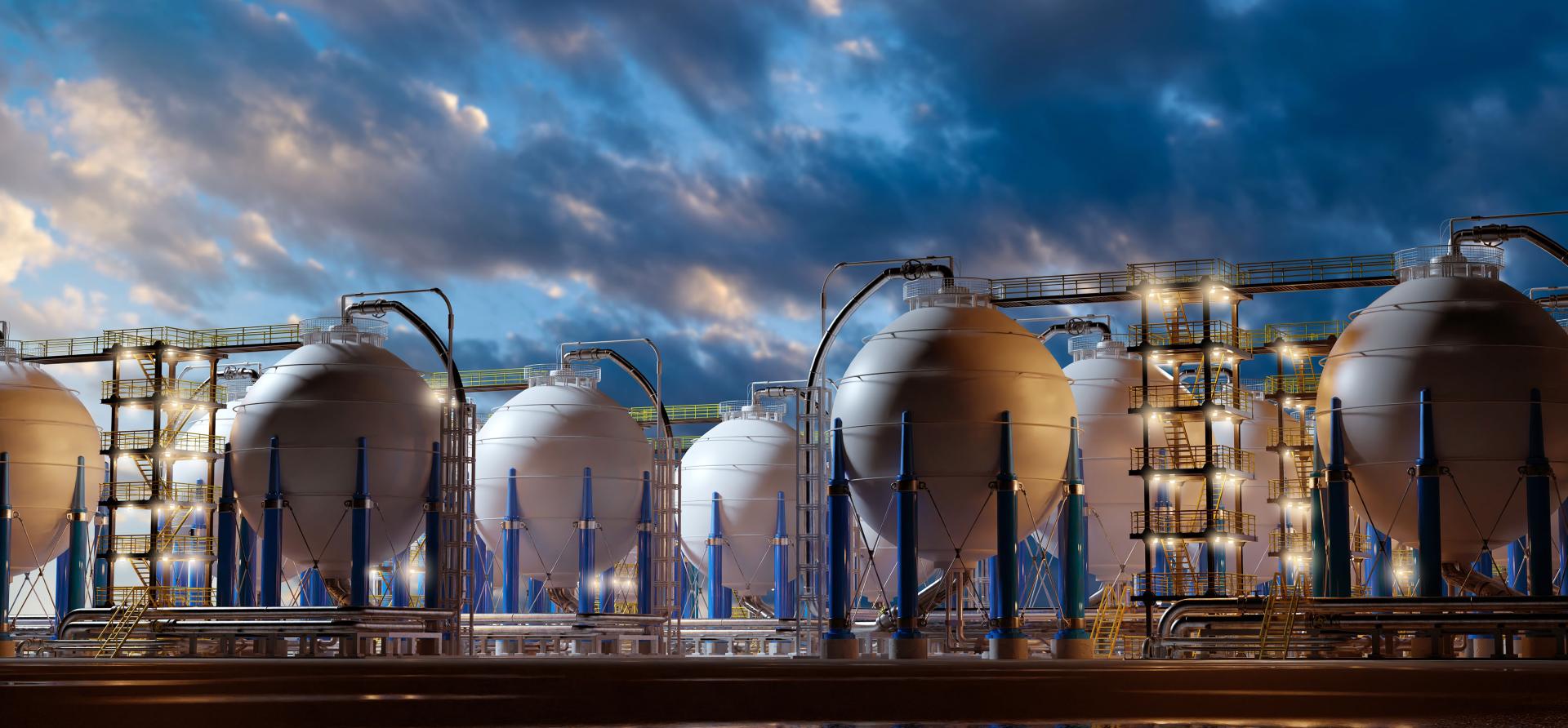
Key Findings
The value of hydrogen in the steel sector lies in its potential to reduce carbon emissions by replacing fossil fuels in the production process. However, using blue hydrogen – produced from fossil fuels with partial carbon capture – offers no climate benefit.
Blue hydrogen faces significant problems, including the underperformance of carbon capture technology; methane emissions and the resultant difficulty meeting stringent global emissions standards; and opposition from end-users who reject fossil-based materials in their value chain.
Deploying blue hydrogen poses a strategic risk for steelmakers, potentially missing the shift to truly green steel and the growing market for low-emissions materials.
Steelmakers considering using “blue hydrogen” to decarbonise production will not significantly reduce their emissions, and could find themselves exposed to significant risks of being left behind in the decarbonisation race.
Over the last year, the hype around hydrogen has largely given way to a more realistic understanding of its potential future role and production costs. Applications have narrowed to a few key areas, including iron and steel, where electrification may not be able to decarbonise the sector completely. While green hydrogen (produced using renewable energy and electrolysis) has emerged as the primary pathway for green steel, its costs remain higher than anticipated.
As an alternative, a number of countries and corporates are considering “blue hydrogen” – produced from fossil gas coupled with carbon capture and storage (CCS) technology. Companies like POSCO, Thyssenkrupp and Salzgitter have been exploring the use of blue hydrogen in ironmaking. Woodside’s involvement in the NeoSmelt collaboration (focusing on a low-emissions ironmaking pilot plant) in Australia further highlights the future possibility of using fossil-based hydrogen in this initiative. Additionally, the German government is advocating for a less strict definition of clean hydrogen within the EU, aiming to facilitate the use of blue hydrogen for end users.
However, a range of problems are likely to severely hamper blue hydrogen’s potential for decarbonising steel production. Any investment in fossil fuel-based hydrogen production risks trapping investors, as they may find themselves committed to a long-standing technology likely to become obsolete in the coming years.
One of the primary issues facing blue hydrogen is its reliance on carbon capture. Over a period of nearly five decades, CCS has amassed a track record of significant underperformance, with projects consistently falling short of achieving their targets for capturing carbon dioxide (CO2). IEEFA’s research indicates capture rates of the operating blue hydrogen plants fall well below the 95% often claimed by CCS proponents.
Moreover, blue hydrogen’s emissions problem extends beyond carbon dioxide. The largest component of fossil gas is methane, emissions of which have a much stronger warming effect than CO2. Methane leakage rates of gas production and transportation have been significantly underestimated in the reporting of blue hydrogen’s total emissions.
IEEFA’s research shows that it will be extremely challenging for blue hydrogen to meet the emissions intensity targets of key markets such as the US, the EU, Japan and South Korea. Major oil and gas companies like Shell and Equinor have abandoned their blue hydrogen projects, citing the challenges of meeting the EU’s strict carbon emissions regulations and lack of demand. Stricter regulations will come into effect in the coming years, making it increasingly difficult for blue hydrogen to attract end-users including steelmakers.
In the direct reduction (DR) ironmaking process, replacing gas with hydrogen produced from gas (grey hydrogen) does not lead to a reduction in gas consumption or carbon emission. The DR technology provider Tenova has emphasised that “… direct use of fossil gas followed by green hydrogen will be the efficient and economical approach versus blue hydrogen for carbon reduction.”
Meanwhile, the cost advantage for blue hydrogen appears likely to be short-lived. In some countries well positioned for production, it will be possible to produce green hydrogen at a lower cost than blue hydrogen by the end of this decade. Meanwhile, blue hydrogen will continue to face challenges from high gas price volatility and the costs associated with CCS, which remain stubbornly high. In addition, blue hydrogen requires significant upfront investment in production facilities, gas infrastructure and carbon capture. In contrast, green hydrogen can be developed incrementally due to its modularity, reducing investment risks over time.
In the steel sector, continuing to use fossil fuels poses significant risks, especially given the unrealistic expectations of CCS as a means to eliminate emissions. Although costs have not declined as fast as forecasts suggested, green hydrogen remains the most effective long-term solution for addressing the decarbonisation of primary steelmaking.




